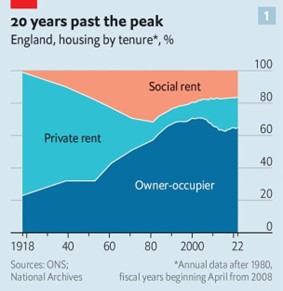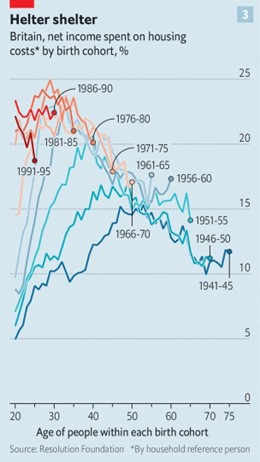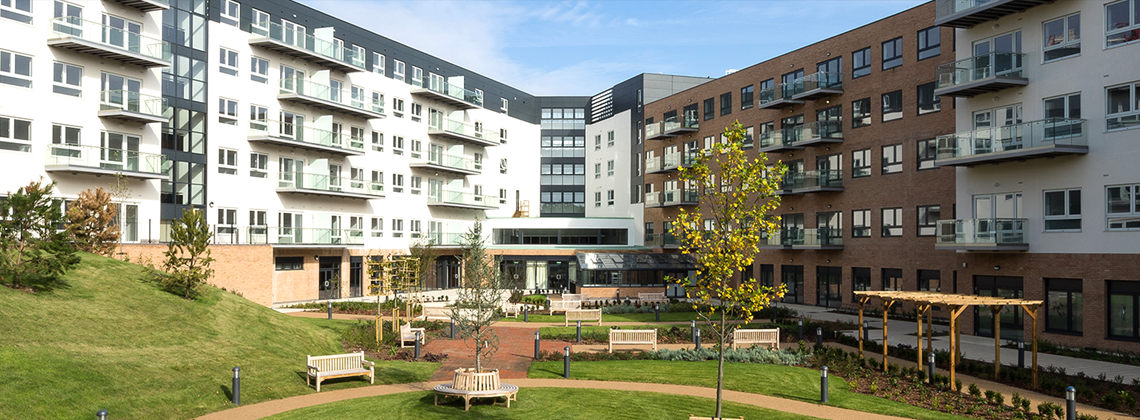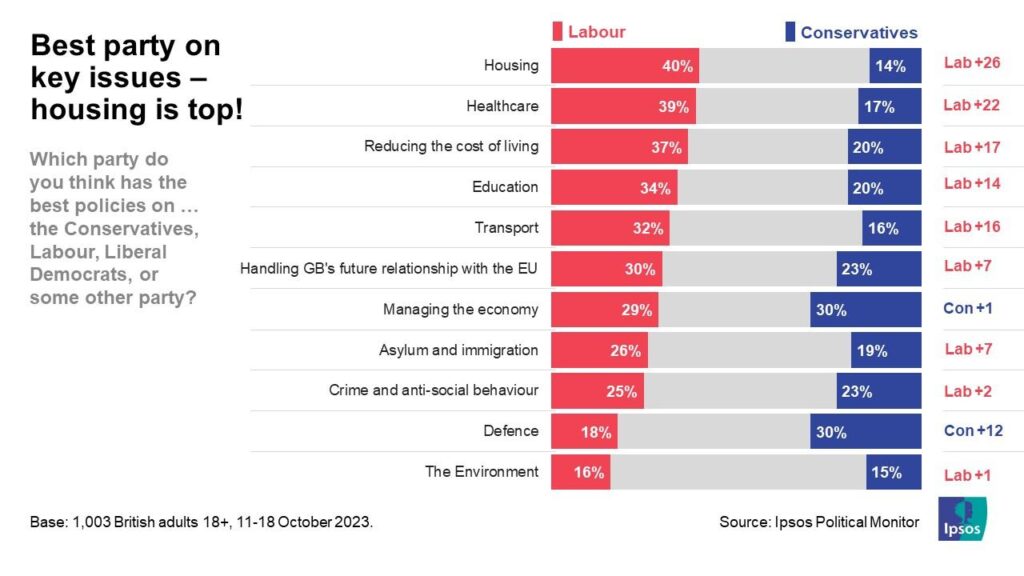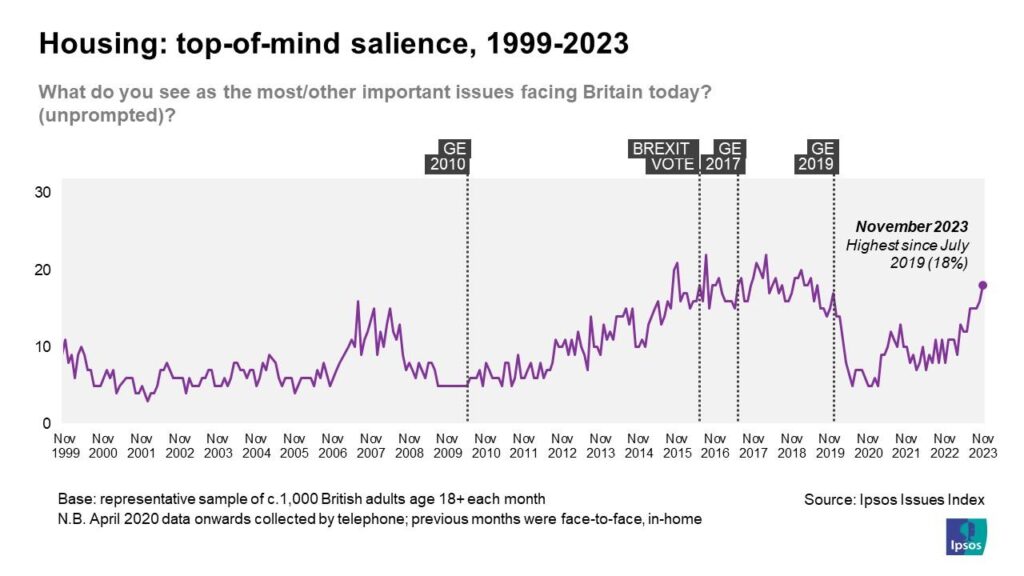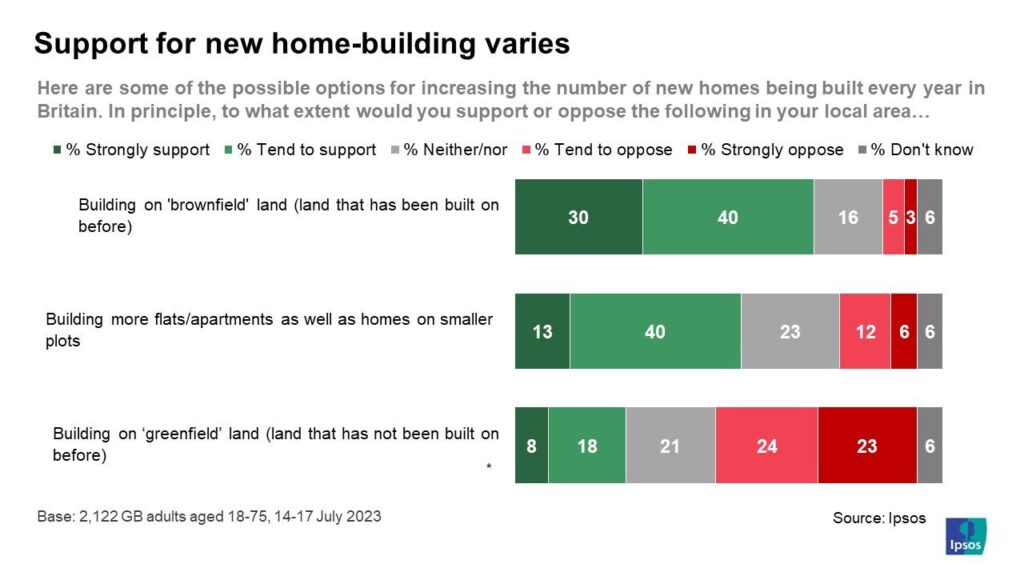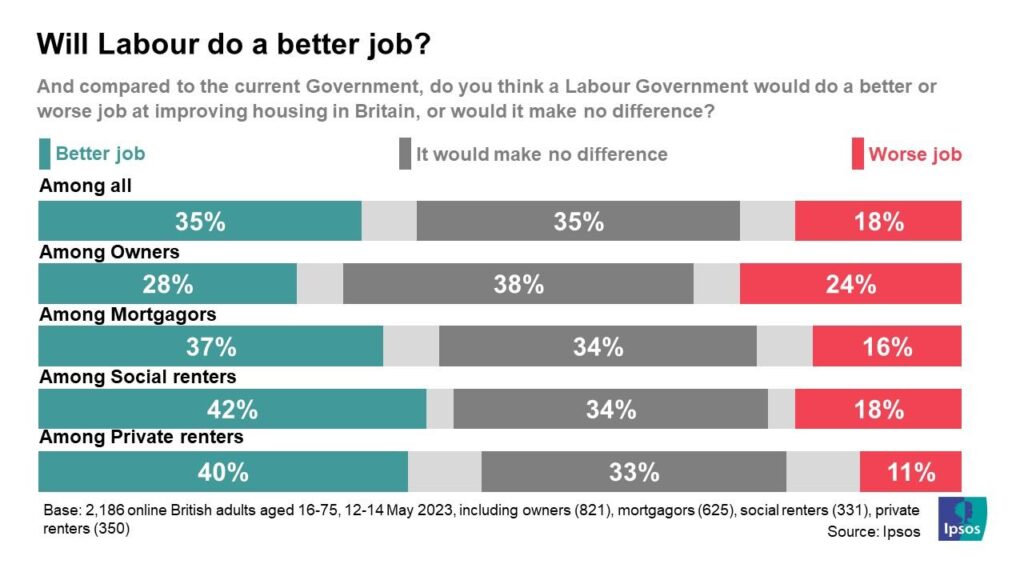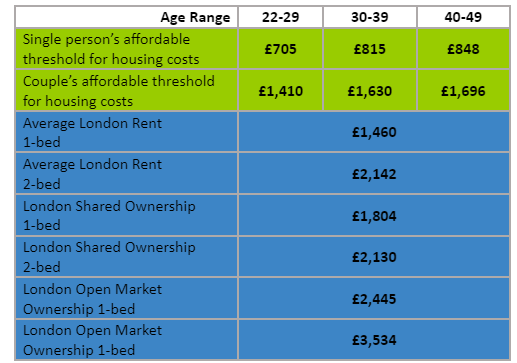As a recent graduate, I remember vividly the housing experiences of my time at university. Most students have horror stories about their flatmates coming home late and causing a ruckus, or messy nights out (and the following 9am lectures), but if you dig a little deeper, you’ll find stories of horrendous housing conditions, absent or hostile landlords, and university housing teams that often aren’t able to provide detailed or timely advice. In fact, as is sometimes the case, these teams aren’t there to help at all, such as with one current student telling me that “(their) university provides almost no guidance on seeking accommodation beyond halls.”.
While it should be said that many universities try their best with what resources they have, the crisis is national. Even the most effective university housing departments will struggle to plug the gaps without serious governmental intervention.
The problem we face
Many students in the private rented sector suffer in sub-par housing, paying extortionate rents, with nowhere and nobody to turn to for help. Often, the only ports of call are overstretched and underfunded charities like Shelter and Citizens Advice. This problem is exacerbated by the fact that many parents of students (especially those from lower-income backgrounds) are themselves renters and, in many cases, don’t know their own rights. This means these parents are often not in a position to lend help or advice when their children face housing issues.
During university, I had a drawn-out experience with a landlord who was personally quite hostile, and importantly did not abide by the law. A few of the breaches were fairly serious, such as not having a proper HMO licence for part of our stay, and not protecting our deposit in time in line with the regulations. HMO licences were introduced by the last Labour Government in the Housing Act (2004), alongside the requirement to properly protect tenancy security deposits with government-approved schemes. The licences were intended to improve housing conditions in places where properties were ‘Houses in Multiple Occupation (HMOs)’, as these are often where the most vulnerable reside, and deposit protection was introduced to afford tenants an impartial adjudicator where disputes arise over damage – as they so often do.
HMOs in England and Wales generally cover households of three or more unrelated groups, with mandatory licensing at five. Their purpose was to set down strict requirements regarding things like fire safety. Local authorities can set their own ‘Additional’ or ‘Selective’ schemes, with lower barriers before licensing becomes mandatory (for example, fewer tenants needed before a licence is required).
What recourse do students have?
If students face similar situations, what recourse is available? Some, but only if they know they it’s there. For example, with HMO regulations there is legislative provision for claims in some cases, but most students wouldn’t even know that HMO licences exist, much less how to deal with a situation where a landlord doesn’t have one. Other situations, such as when a landlord doesn’t protect a deposit in line with the law, can cost in excess of £300 to bring (unless you qualify for help with fees). They also have specific and somewhat arcane procedures that must be followed, lest a student open themselves up to cost and procedural arguments by a landlord who can likely afford a solicitor.
Claims like these can require in-person court hearings, which can be intimidating for anyone, let alone someone such as a student. Many also feel it to be pointless – as another student tells me: “students will live as they are, as they’re moving out in a year anyway” – something that law-breaking landlords no doubt rely on. Local authorities do have the power to prosecute landlords who break some of the more serious rules, but it is hardly surprising that in an era of mass funding cuts, they have run out of the time and money to do so.
The regulation is not enough.
The above covers claims with legislative recourse, but many breaches do not have such clear-cut paths to remediation or, even more importantly, preventing further transgressions. For example, many private tenants are used to landlords and agents demanding access to their property, sometimes without proper notice, and sometimes for spurious reasons. Many are unaware of quiet enjoyment, which is an implied term into every Assured Shorthold Tenancy, and guarantees ‘quiet enjoyment’ of the property without undue interference from the landlord or those acting on their behalf. Of those who are aware and choose to enforce it, they tend to have very little success. Damages in such cases are minimal if existent at all. At best, they might (in more serious cases) be able to obtain an injunction. This again, though, requires the tenant to not only be aware of their rights, but also the method (and perils) of enforcing them.
Where do we go from here?
So, how is this dire situation to be rectified? We can start by building on the successes of the last Labour Government.
The introduction of penalties up to 3x the deposit for non-compliance with the regulations were very effective. Allowing Rent Repayment Orders for non-compliance with HMO licensing regulations were also a good step forward. But we must go further. If a student does find themselves in need of advice, universities should be their first port of call. As such, government should legislate to ensure university student unions have an in-house or contracted full-time worker to deal exclusively with housing cases and advice. These individuals would ideally be lawyers, or at least have some form of legal training. Universities should also be encouraged to set up support groups and networks for students to share experiences on housing and how to deal with situations.
Aside from the private rented sector, many students in university-run halls are considered in law to be excluded occupiers (they are specifically excluded from protections afforded to tenants under the 1988 Housing Act and a subsequent Statutory Instrument), and therefore do not have the same rights and recourse that Assured Shorthold Tenants do. Labour should legislate to remove this loophole, ensuring that the protections apply equally to all tenants, regardless of who owns their housing.
In addition, Labour should build on the good work of the introduction of mandatory HMO licencing schemes, by lowering the threshold for mandatory licensing to that which many local authorities have rightly chosen: 3 or more unrelated people/households living in one property. This would provide greater protection to students especially, but also some of the poorest and most vulnerable in society, who often have little choice but to share accommodation.
Section 21 (no-fault) evictions are often used as a last line of defence for landlords guilty of breaking the law and being challenged on such breaches, and so it goes without saying that these must be scrapped. This must be implemented carefully, however, as some landlords may choose to raise rents to an unaffordable degree as a no-fault eviction by proxy. Measures therefore must be put in place to avoid this.
Of course, all of the best regulation and rights are pointless if tenants don’t know they exist or how to enforce them. This is why a key priority needs to be proper funding for local authorities to enforce regulations and dissemination of materials detailing rights and remedies to tenants, particularly students. This can be done in many ways, such as via public information campaigns, reframing the ‘How to Rent’ guide as aimed at explaining rights and remedies (including, for example, methods of claim), stricter penalties for landlords not providing the guide, or by encouraging universities and local authorities to provide the information actively to students.
These policies will not singlehandedly solve the wider housing crisis we face – but they would go some way to providing a more stable and equitable housing situation for many.
Johnathan Guy is an LHG member and Labour activist, currently working as a software engineer for a startup.


